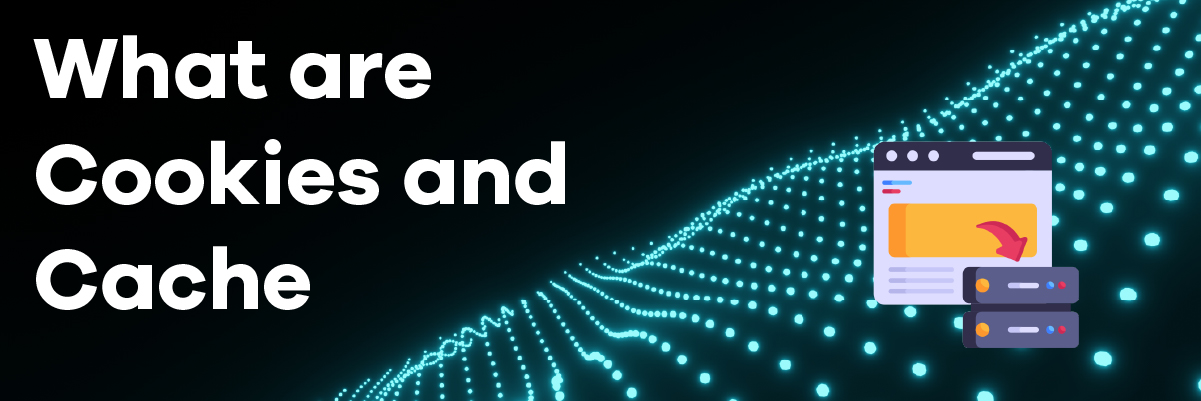What CFOs Get Wrong About IT Spend | Smarter IT Budgeting

What CFOs Get Wrong About IT Spend
Why Cutting Costs Often Increases Risk — and How to Invest for Stability Instead. IT spend is one of the most scrutinized line items on a balance sheet — and for good reason. It’s complex. It’s opaque. And it rarely delivers a clean, linear return.
From a CFO’s perspective, IT can feel like a moving target:
- Budgets increase, but complaints continue
- New tools are purchased, but instability remains
- Vendors promise savings, yet costs never seem to go down
So the instinct is understandable: control the spend.
Reduce vendors. Delay upgrades. Push harder on SLAs.
Ask IT to “do more with less.”
But this is where many organizations get it wrong.
Because the biggest issue with IT spend isn’t how much you’re spending — it’s where and why you’re spending it.
The Problem: Treating IT Like a Cost to Be Minimized
Many finance leaders approach IT the same way they approach other operational expenses:
- Cut what doesn’t show immediate ROI
- Delay investments that don’t feel urgent
- Optimize for this quarter’s budget, not the next decade
On paper, this looks responsible.
In practice, it often leads to:
- Deferred upgrades that turn into outages
- Temporary fixes that become permanent architecture
- Underfunded infrastructure carrying mission-critical workloads
- A widening gap between what systems should support — and what they actually can
“The mistake isn’t financial discipline,” says Jeff Futterman, COO at Protected Harbor.
“It’s that many CFOs still view IT like a static cost center — when in reality, IT is spread across every department, not just within the IT team. And worse, ‘shadow IT’ often pops up in departments that feel underserved. Those unofficial systems drive risk and cost that finance leaders don’t even see.”
IT is a living system — and systems degrade when they’re only maintained, not designed.
The Business Impact: When Cost Control Creates Hidden Risk
When IT decisions are driven primarily by short-term savings, the costs don’t disappear — they move.
- Savings Shift Into Downtime
Deferred upgrades and underpowered infrastructure don’t fail immediately.
They fail gradually — until they fail loudly.
Outages, degraded performance, and emergency escalations become routine.
We often see years of deferred spend erased by a single incident.
Futterman explains:
“One of the most common examples is delaying basic security investments. Take two-factor authentication — companies don’t want to pay for the tools or deal with workflow disruption. But then someone clicks a phishing link, and the next thing you know, a vendor wire transfer goes to the wrong party — and you’re out $100,000.” - Labor Costs Rise Quietly
When systems aren’t stable, highly paid technical staff spend their time firefighting instead of improving.
You’re paying senior talent to babysit fragile environments — not to move the business forward. - Risk Becomes Invisible
Security gaps, compliance drift, and architectural weaknesses don’t show up neatly on a spreadsheet.
They surface later — as incidents, audits, or reputational damage. - IT Becomes a Bottleneck
When infrastructure can’t support growth, every strategic initiative slows down:
● New applications
● M&A activity
● Geographic expansion
● Process automation
At that point, IT isn’t just a cost — it’s a constraint.
Why This Keeps Happening: Spend Is Managed, Not Designed
Across industries, we see the same pattern:
- Budgets are approved annually
- Vendors are evaluated tactically
- Tools are added to solve isolated problems
- No one owns the entire system end-to-end
The result is an environment that technically works — but isn’t resilient.
Costs rise not because organizations invest too much, but because they invest without a long-term architecture behind it.
Futterman adds:
“CFOs want consistent, predictable spend. But IT is rarely that. Surprise costs show up constantly — OPEX, CAPEX — and when we ask why, we get jargon instead of clarity. That’s frustrating. IT needs to speak in business terms and provide metrics that show what’s working, what’s at risk, and what spend is needed to support company goals.”
The Protected Harbor Approach: Spend Less by Designing Better
Fixing this isn’t about spending more — it’s about changing how IT is designed, owned, and measured.
At Protected Harbor, we don’t treat IT spend as something to trim.
We treat it as something to stabilize.
Our philosophy is simple:
The cheapest IT environment is the one that doesn’t break.
Here’s how that translates in practice.
- Designed for Longevity, Not Budget Cycles
Instead of optimizing for this quarter, we architect environments built to last 7–10 years.
That reduces:
● Emergency spend
● Redundant tooling
● Constant “refresh” projects - One Team, Full Ownership
Infrastructure, network, DevOps, security, and support — one accountable team.
No vendor silos.
No finger-pointing.
No duplicated spend hiding in the gaps. - Waste Eliminated Before It Becomes Cost
Underutilized resources, misaligned workloads, and redundant services are identified early through full-stack visibility.
Savings come from clarity — not cuts. - Predictable IT, Predictable Finance
Flat-rate pricing.
Proactive monitoring.
Guaranteed 15-minute response times.
When IT is predictable, finance can plan — not react.
What CFOs Should Ask Instead
The most effective finance leaders don’t start with cost — they start with exposure.
Instead of asking, “How do we spend less on IT?”
They ask:
- Where are we paying for instability?
- Which systems are one incident away from disruption?
- How much of our IT spend goes toward prevention vs. recovery?
- Who actually owns the outcome when something breaks?
Futterman suggests:
“Every IT project should have a business sponsor. Someone who can tie spend directly to savings, growth, or risk reduction. And for core infrastructure, IT should show how they’re getting the best value — not just lowest cost, but real uptime, security, and long-term ROI.”
Those questions lead to better answers — and better investments.
Final Thought: Stability Is the Best ROI
IT spend shouldn’t feel like a gamble.
When infrastructure is designed intentionally, owned fully, and managed proactively:
- Costs flatten instead of spike
- Risk decreases instead of compounds
- IT stops being a constant discussion point
- The business moves faster with fewer surprises
That isn’t overspending.
That’s investing correctly.
At Protected Harbor, our goal is simple:
Make IT boring — stable, predictable, and worry-free — so finance and leadership can focus on growth.
Ready to See Where Your IT Spend Is Really Going?
Schedule a complimentary Infrastructure Resilience Assessment to identify:
- Hidden cost drivers
- Structural risk
- Opportunities to reduce spend without increasing exposure





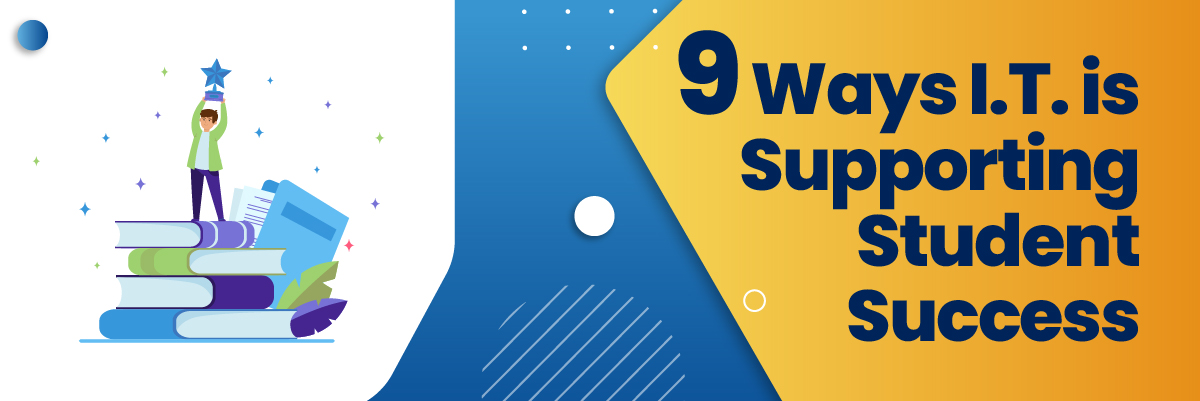
 Role of I.T in Student Success
Role of I.T in Student Success


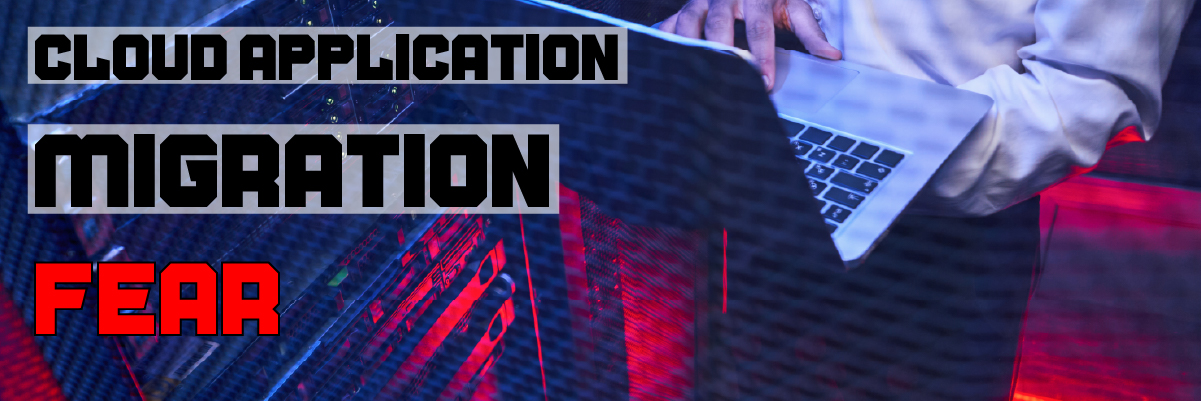
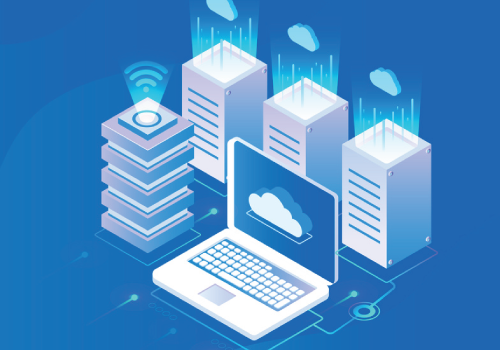 Most Common Exposure Points for Cloud-based Applications
Most Common Exposure Points for Cloud-based Applications
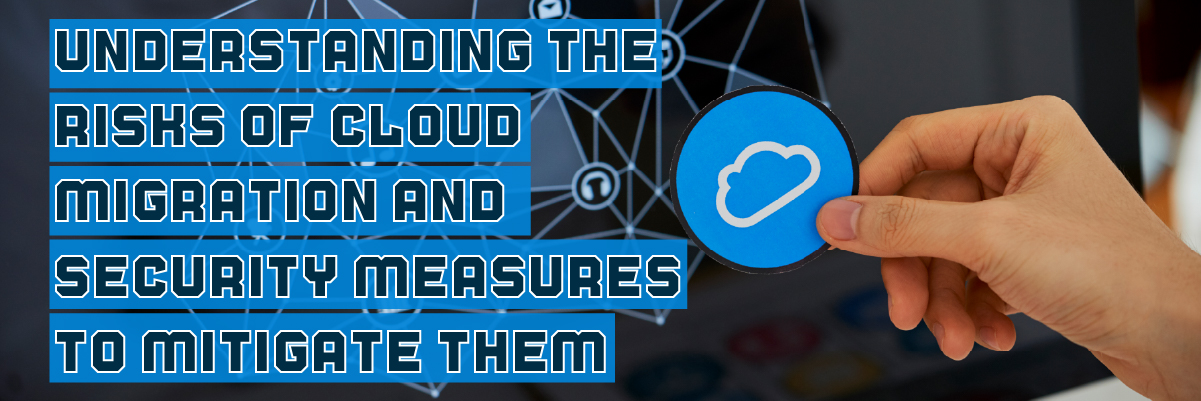



 Email Providers
Email Providers


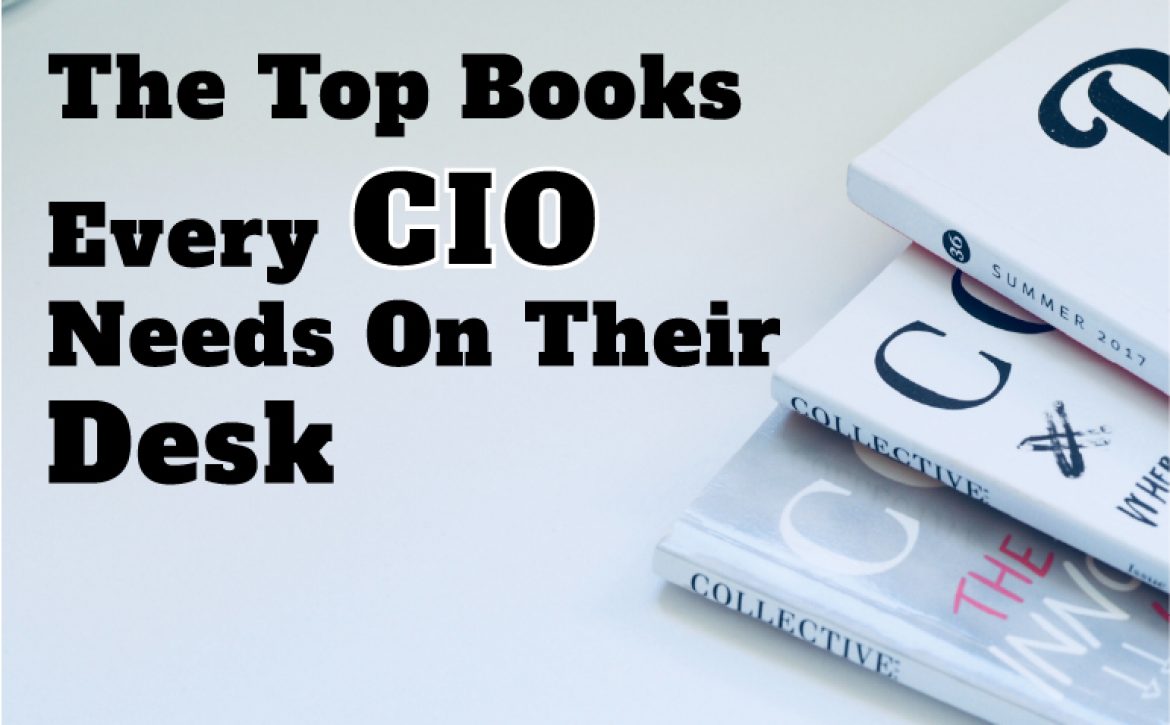










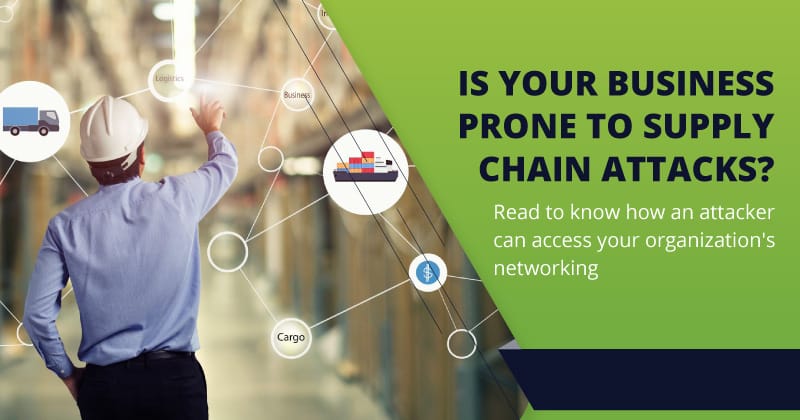 In this rapidly evolving threat landscape,
In this rapidly evolving threat landscape, 
